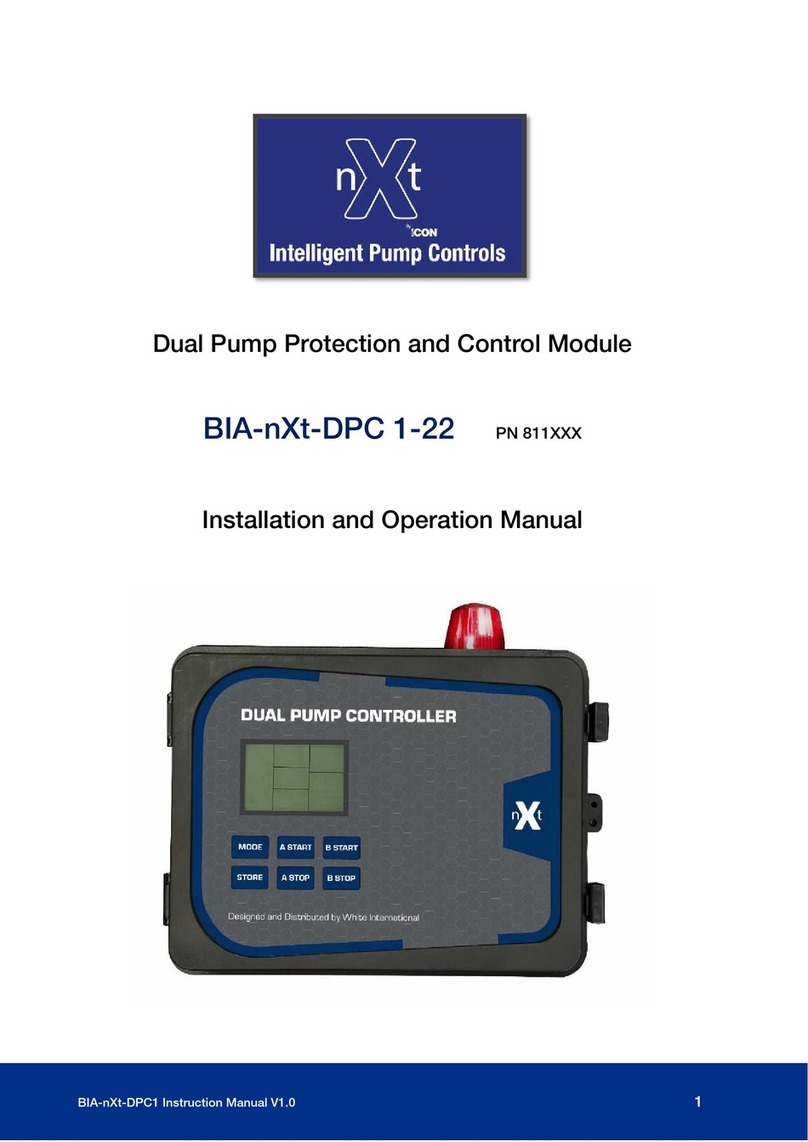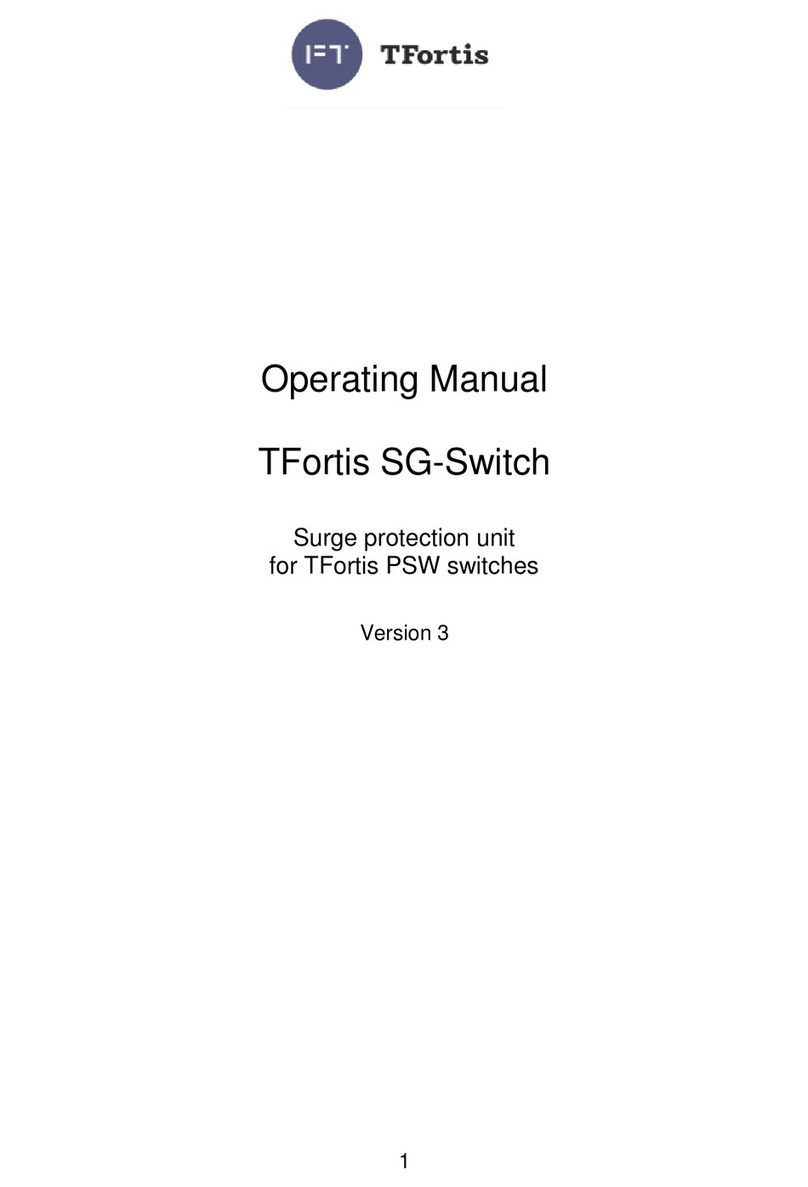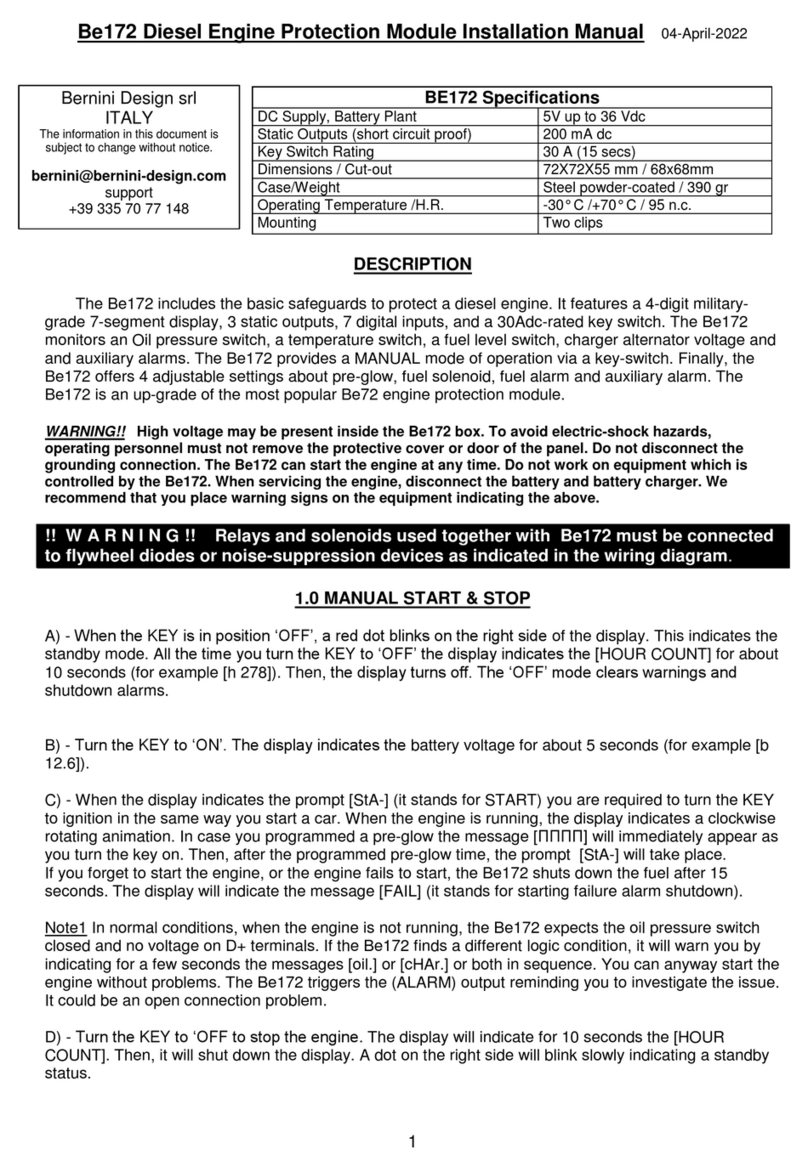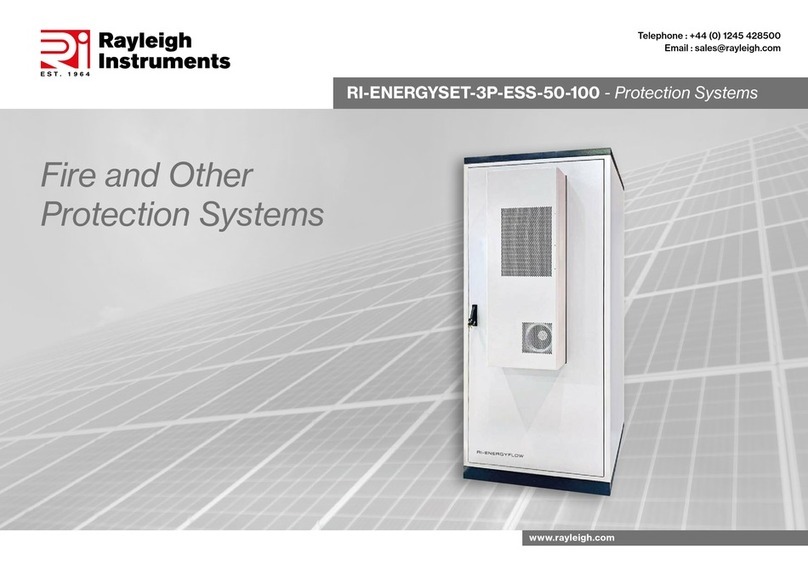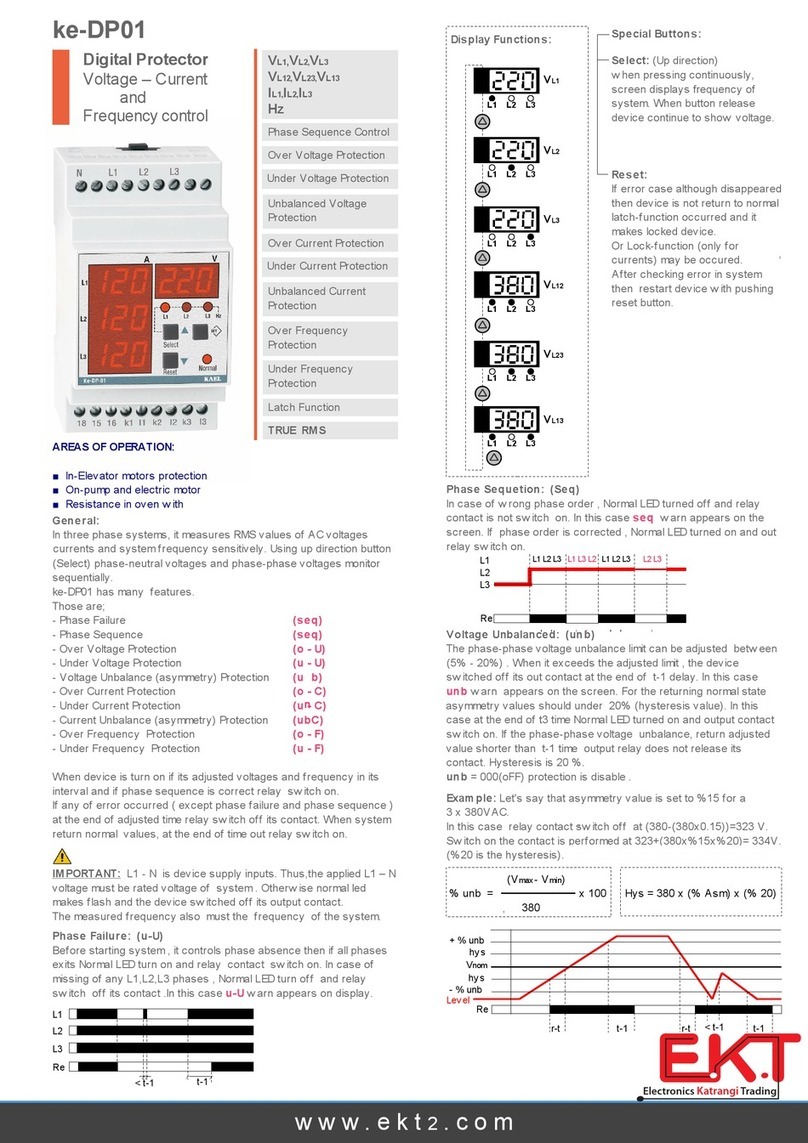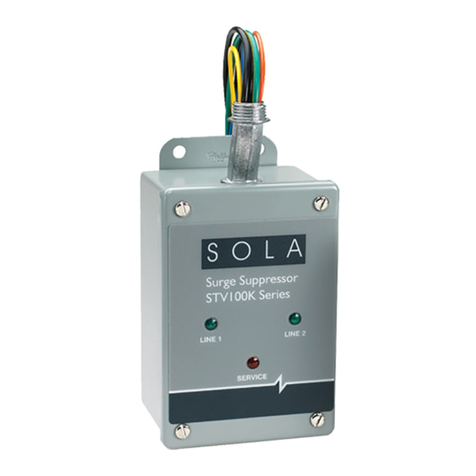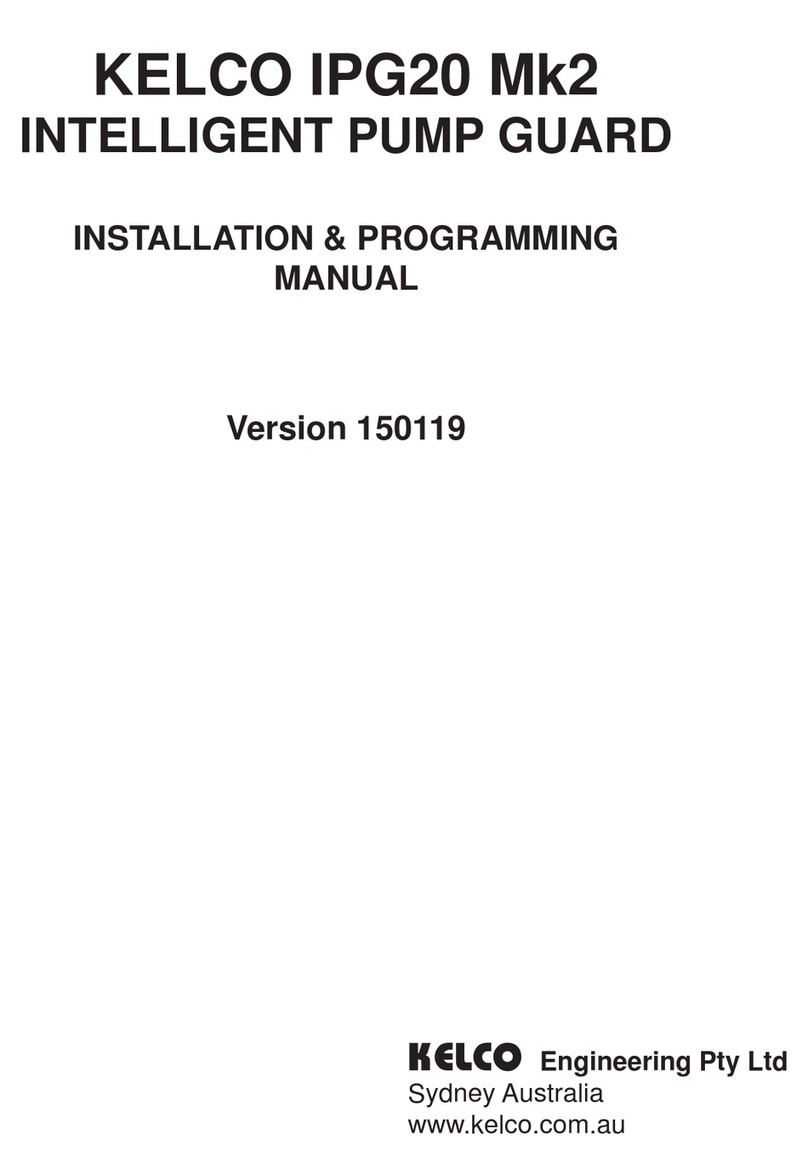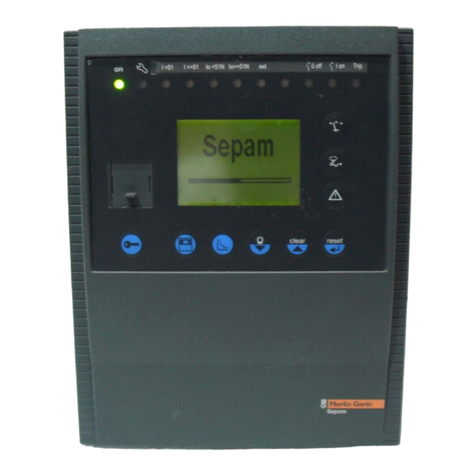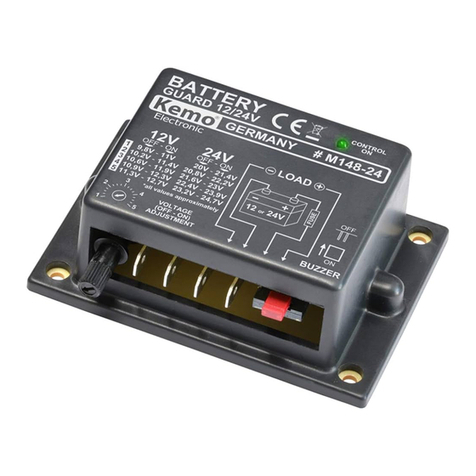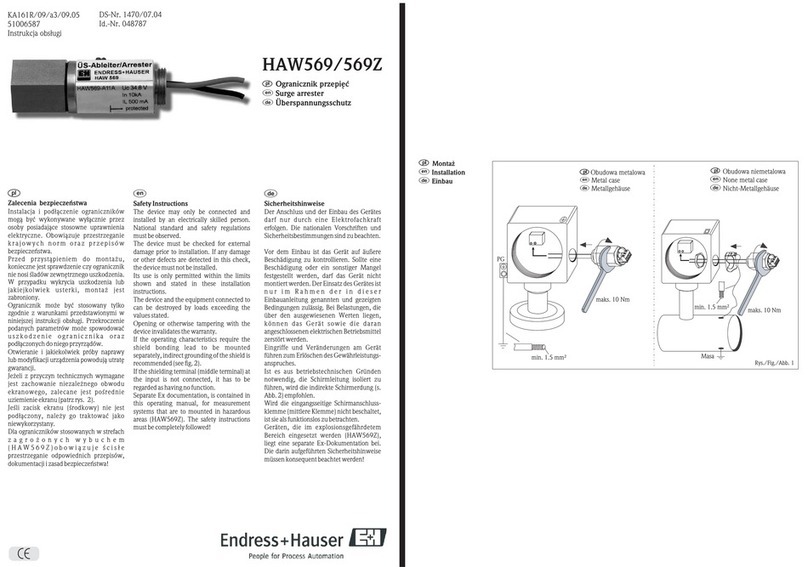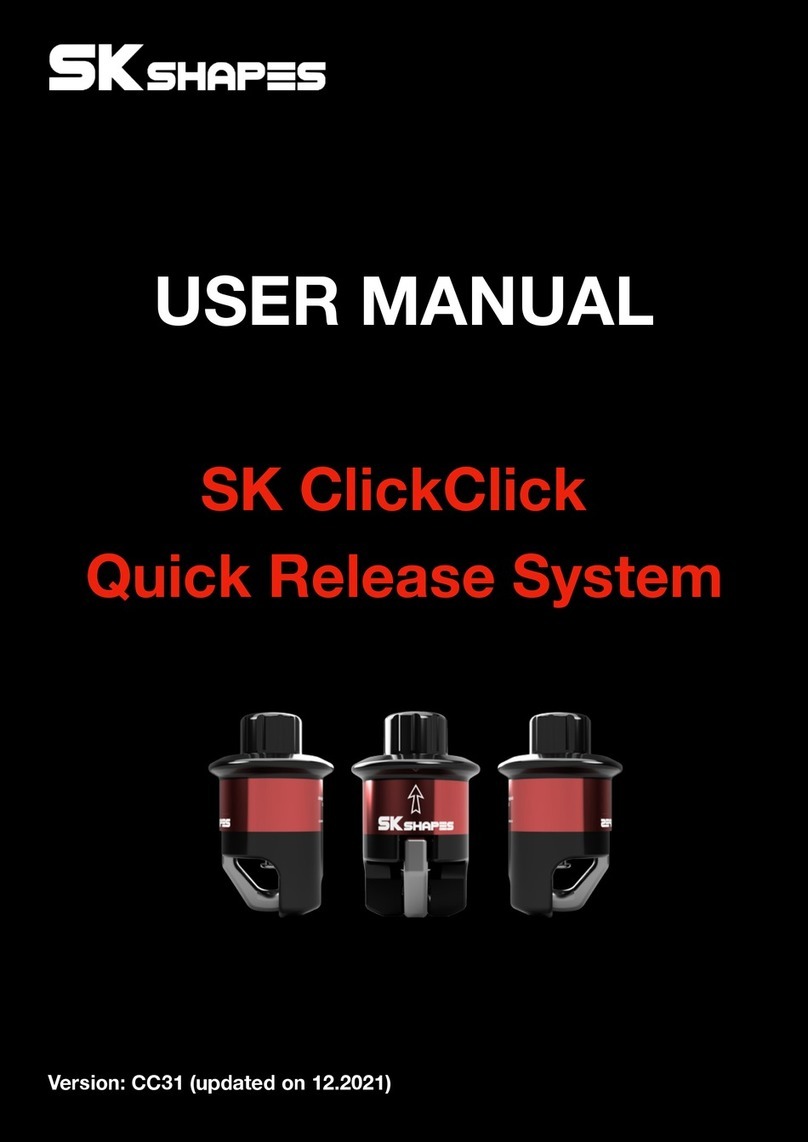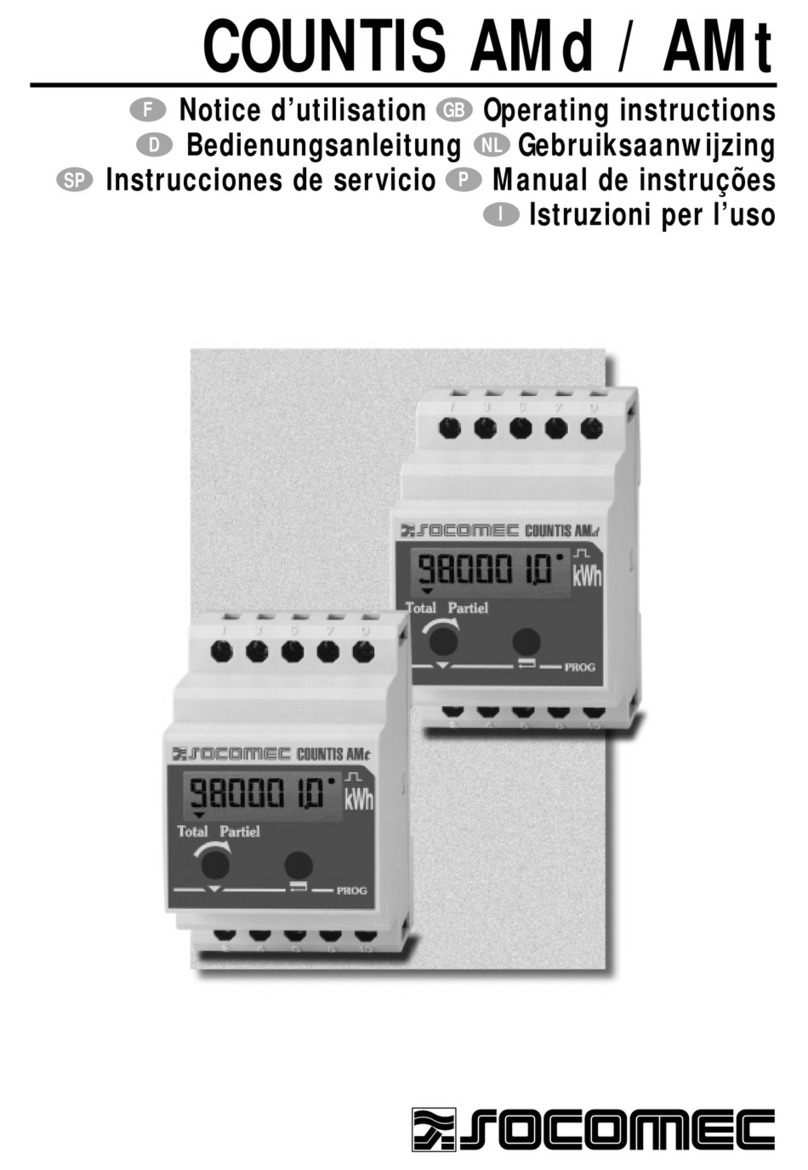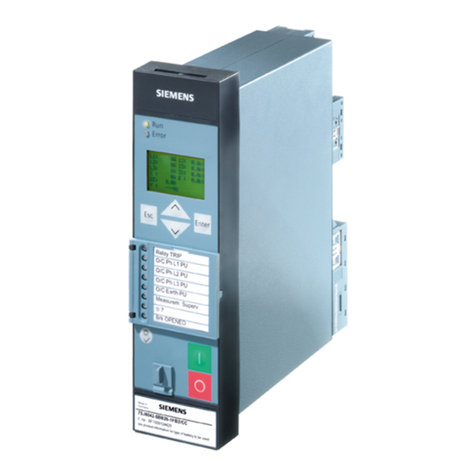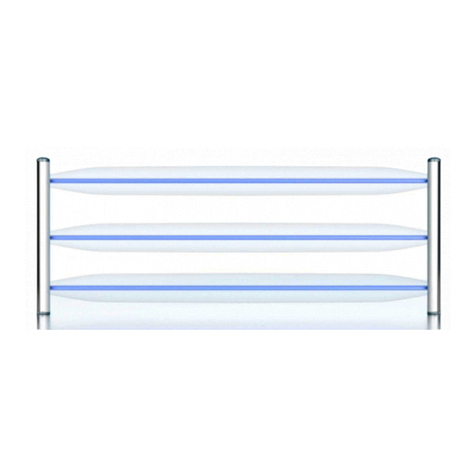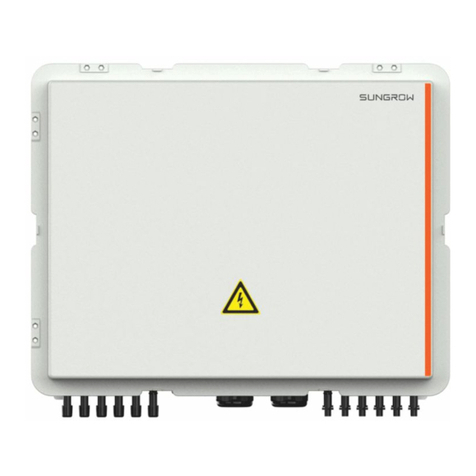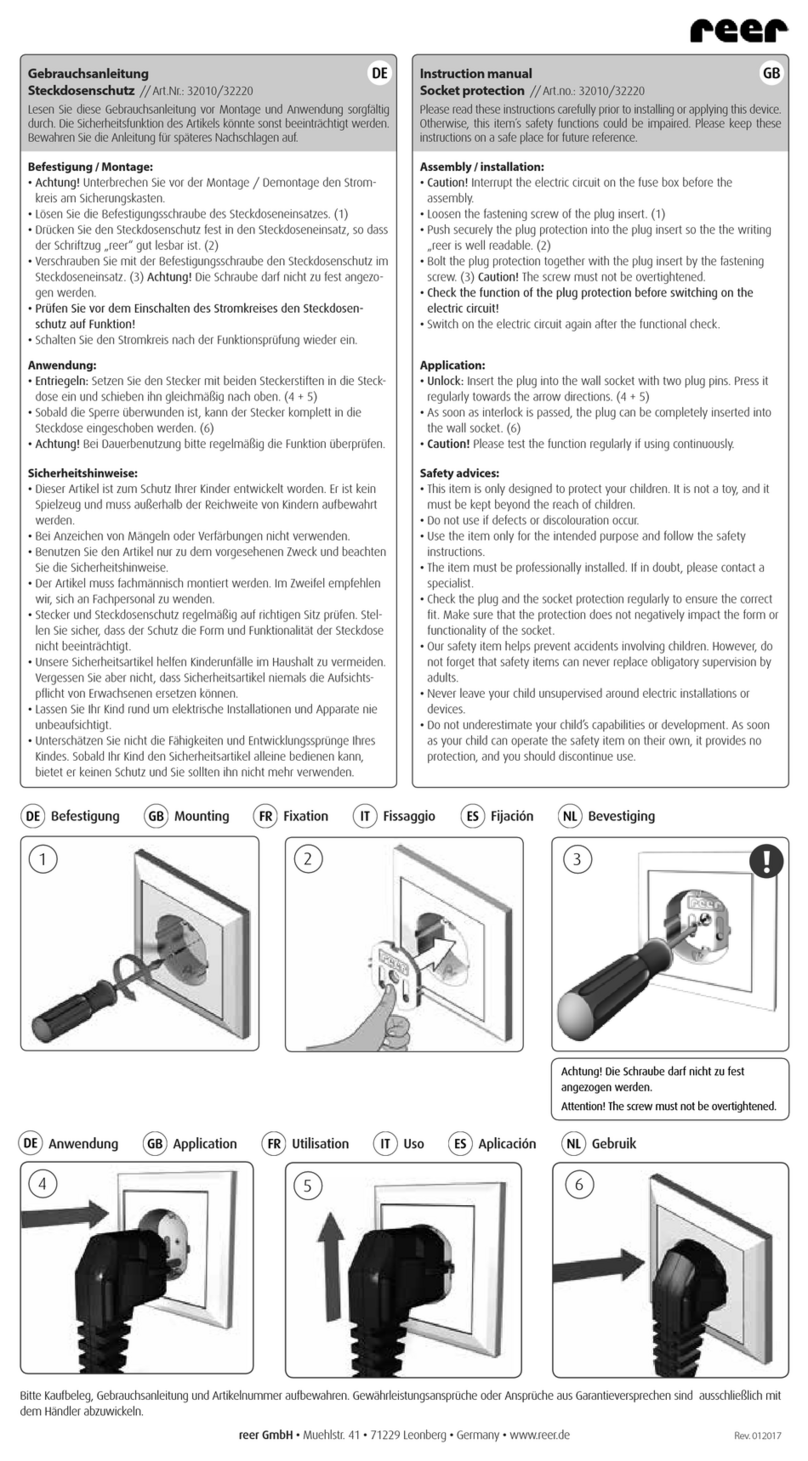The IPG20 pump guard is supplied as two separate assemblies, the paddle
assembly and the electrical housing. The paddle assembly should be
installed in the pipework first and the electrical housing should then be fitted
onto the spigot on top of the paddle assembly, taking care that the sealing
O-ring is on the stem and is in location and in good order. There is a flat
keying face on the cylindrical body of the paddle assembly that keys the
electrical housing onto the paddle assembly and aligns it correctly. It is
critical that the keying flat is on the downstream side and at 90 degrees to
the axis of the pipework (see sketch). To secure the electrical housing onto
the paddle assembly an Allen head cap screw is supplied.
With the electrical housing located on the spigot and in position, press
down with the flat of your hand on the top face of the lid of the electrical
enclosure. While pressing down, screw the M4 locking screw fully through
the housing using the 3mm Allen Key (supplied). Tighten the screw and then
release your hand from the top of the housing. Pressing down with your hand
on the housing preloads the O-ring seal between the housing and the
paddle assembly. It enables the M4 locking screw to easily screw fully
through the side of the housing.
Under no circumstances should the electrical housing be twisted or used to
screw the paddle assembly into the pipework, or to align the controller with
the axis of the pipework. To do so will irreparably damage the controller and
void its warranty. Never apply water pressure to the controller unless the M4
locking screw is in place and fully tightened (see sketch for details). To fit
the paddle assembly into the pipework use a suitable spanner and the
spanner flats provided on the paddle assembly (directly above the process
connection thread).
The IPG20 can be installed in either vertical or horizontal pipe. When
installed in vertical pipework flow must be in an upward direction past the
controller’s paddle. The IPG20 is supplied with a 1” BSP process
connection. A matching female threaded socket or pipe tee must be
provided to fit the controller into pipework.
The IPG20 is supplied with one paddle to suit pipe sizes 25mm and greater,
and two trailing wires to suit pipe sizes from 65mm - 100mm ID, subject to
velocity.
INSTALLATION
7
